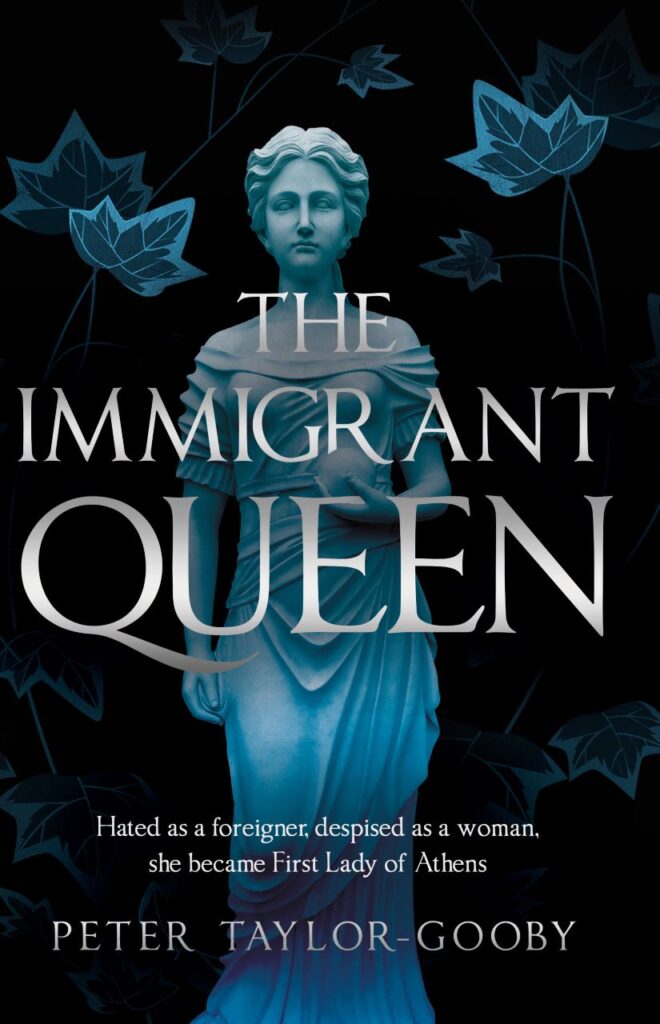The House of Bathory
House of Bathory is a thrilling read that takes readers back and forth from the early 17th century Cachtice Castle to modern Colorado. The House of Bathory itself references the infamous Erszebet Bathory, an enigma of sorts and the source of numerous legends of her dissolute life much in tune with her ancestor, Vlad Tempes, better known as Vlad the Impaler, whom Bathory revered and admired. The bulk of the novel that takes place in the 1600s relates to Erszebet’s life at Cachtice Castle and details her infatuation with her appearance. It is this infatuation that leads her to witchcraft and ultimately to the torture and murder of young women, believing that bathing in the blood of virgins would maintain the youthful appearance of her face. Erszebet is also a bit of a sexually charged deviant as well, perhaps rewarding those who assist her in her bloody work.
The modern-day protagonist is a Jungian psychiatrist, Betsy Path, drawn to Slovakia in pursuit of her mother, who has been kidnapped, by none other than a deranged descendant of Erszebet Bathory. Betsy begins as a very simple character whose life is mostly given to her work as she works through the death of her father, who was also a Jungian psychiatrist and her mentor, as well as the strained relationship with her mother since his death.
I enjoyed truly enjoyed Lafferty’s flawless weaving of the narrative from the 1600s to the modern and back again. Despite the numerous settings, motivations, as well as a mysterious kidnapping, I was continually in tune with the story. The characters from the main to the minor are memorable and wonderfully unique. House of Bathory is a truly remarkable work of historical fiction, which thoroughly captivated me from the first page to the last.










